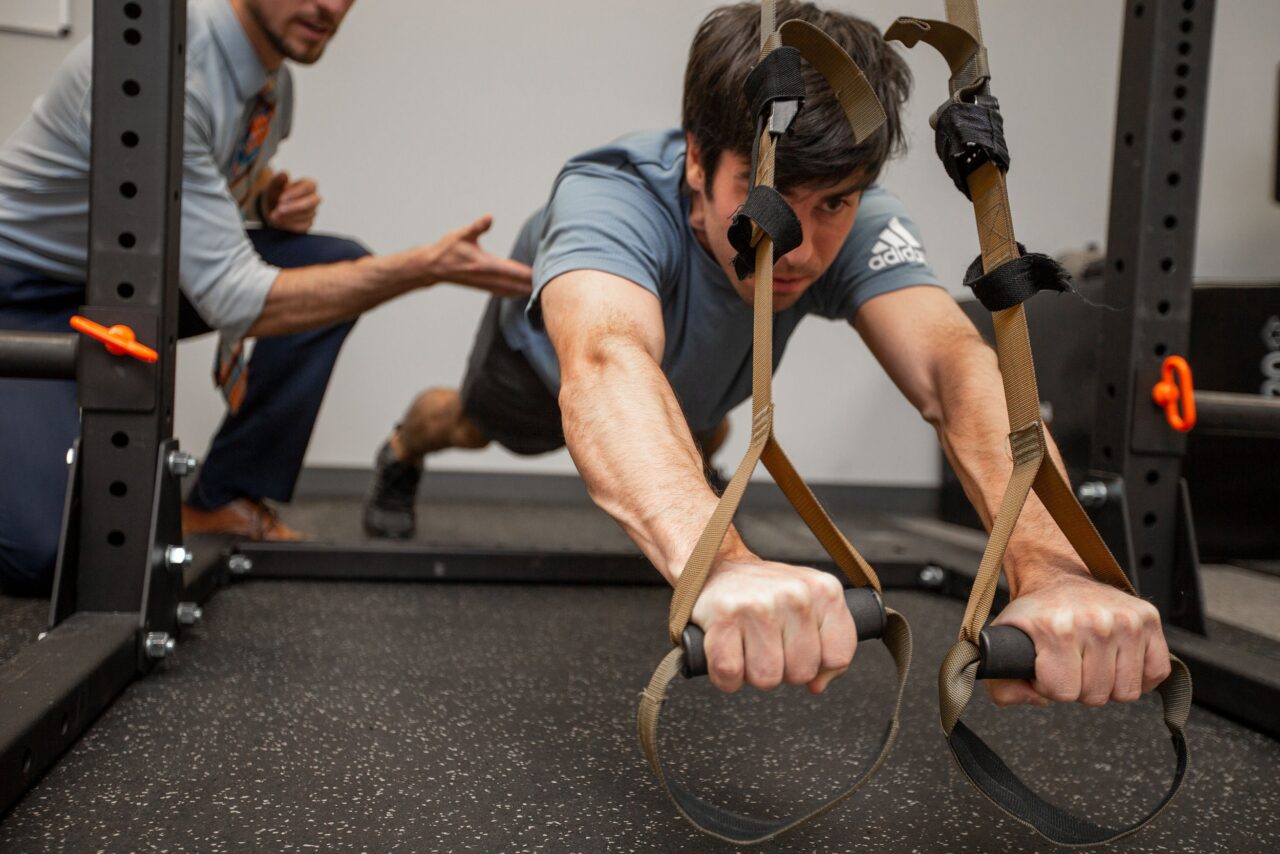Rock climbing is a 3-dimensional sport that challenges every single region of the body. As a result there are countless ways we can train our bodies to improve different aspects of our climbing. So let’s be targeted and efficient with our training. Let’s look at what the research shows are the most important factors that predict climbing ability. Please note: these factors should be used as a general guide and should be taken with a grain of salt. The great thing about climbing is that it can be performed by people of all body types and the nature of the sport allows it to be optimally challenging at literally any level of expertise. The purpose of this post is to give us a reference to guide our training to the most impactful areas of training so we can be more efficient and effective as we push our own potential in climbing.
According to Saul and colleagues, compared to beginner or intermediate climbers, advanced climbers showed the following traits:
· Better oxidative capacity (endurance) of finger flexor muscles, specifically flexor digitorum profundus
· Superior maximum finger grip strength
· Better endurance of shoulder-elbow-wrist complex
· Higher Hand grip strength to body mass ratio
· Faster body posture adjustments to varying hand hold types/angles
· Better ability to maintain center of mass closer to the wall using body positioning
· Smaller force applied to each handhold (saving energy)
· Constant training, especially on the fingerboard
· There was no significant relationship to climbing performance based on body fat percentage, BMI or arm length to height ratio
These attributes can help guide our goals when recovering from injury or pushing your personal limits with climbing.
